Imagine transforming your warehouse operations to be faster, more efficient, and cost-effective almost overnight. That’s the power of cross-docking—a dynamic approach to modern logistics that minimizes storage time and maximizes productivity. In this blog, we dive into the core of cross-docking warehouse design, unveiling the best practices that industry leaders use to streamline their operations.
Whether you’re new to this concept or seeking to enhance your existing setup, you’re in the right place to discover how to effectively apply these strategies to your business for immediate and impactful results.
In this post, we will cover:
- The Fundamentals of Cross-Docking: Learn what cross-docking is and how it compares to traditional warehousing methods.
- Designing Your Warehouse for Efficiency: Explore the essential elements of warehouse design that facilitate successful cross-docking.
- Technological Enhancements: Discover the technologies that can supercharge your cross-docking operations for better coordination and fewer errors.
Understanding Cross-Docking and Its Advantages Over Traditional Warehousing
Cross-docking is a logistics practice where goods are directly transferred from incoming to outgoing transportation, bypassing traditional storage. This swift movement of goods highlights the primary advantages of cross-docking over traditional warehousing: increased efficiency and reduced operational costs.
While traditional warehousing often involves long storage times, cross-docking ensures that products remain in motion, thereby reducing the need for storage space and minimizing handling costs. For businesses looking to streamline operations and decrease lead times, understanding the difference between these two systems is crucial.
Best Practices for Cross-Docking Warehouse Design
Before diving into the specifics, it’s important to grasp the overarching principles that make a warehouse ideal for cross-docking. The layout and design of the warehouse, the strategic placement of dock doors, and the optimization of schedules are foundational to facilitating efficient cross-docking. Each of these components is designed to enhance the flow and handling of goods, significantly impacting the speed and effectiveness of your operations. Let’s examine each of these key elements in detail.
Warehouse Layout and Design
The layout of a warehouse is pivotal in facilitating the smooth flow of goods. Commonly, smaller facilities might opt for an I-shape or a narrow rectangular shape to enhance the efficiency of movement. Larger operations may benefit from different configurations such as L-shape, rectangle, or T-shape, which are chosen based on product turnover rates and specific freight patterns. Selecting the right warehouse shape is the first step in creating an environment conducive to effective cross-docking.
Dock Doors
Strategic placement of dock doors is vital to minimize congestion and maximize operational efficiency. Best practices suggest that doors should not face each other directly; instead, placing them on one wall or at 90 degrees to each other can significantly improve the flow of goods. The number of dock doors should correspond to the size and scope of the operations, ensuring that neither excess capacity nor bottlenecks occur.
Optimizing Inbound and Outbound Schedules
To leverage the full potential of cross-docking, the synchronization of inbound and outbound schedules is essential. This synchronization helps ensure a quick transfer of goods and minimizes delays. Technologies like Electronic Data Interchange (EDI) play a crucial role in facilitating real-time coordination between different segments of the supply chain.
Implementing Technology for Enhanced Cross-Docking
Incorporating technology into cross-docking operations is essential for achieving significant enhancements in efficiency and accuracy. Warehouse Management Systems (WMS) play a crucial role in this regard, offering robust platforms that facilitate the coordination of logistics activities. These systems ensure that information regarding incoming and outgoing shipments is accurate and readily accessible, reducing processing times and the likelihood of errors.
Moreover, technological solutions like automated conveyor belts expedite the physical movement of goods within the warehouse, bridging the gap between receiving and shipping docks without manual intervention. Advanced software systems, such as those that integrate real-time data exchange, allow for seamless communication across the supply chain. Technologies such as RFID (Radio Frequency Identification) and barcode scanning further streamline operations by providing instant data on the goods being moved, thereby enhancing traceability and speed. Together, these technologies not only improve material handling but also bolster operational reliability and efficiency.
Key Elements of Successful Cross-Docking Implementation
Successful cross-docking implementation hinges on several best practices that ensure the operation is both effective and sustainable. Consolidation and deconsolidation strategies are vital as they enable the facility to handle varying shipment sizes and compositions with agility. Consolidation involves grouping smaller shipments into a larger one to optimize transportation, whereas deconsolidation separates large shipments into smaller ones for easier distribution to their final destinations.
Selecting the right products for cross-docking is equally important. Ideally, products with stable demand, long shelf life, and minimal storage requirements are suited for cross-docking. These characteristics ensure that items can be quickly transferred through the warehouse without the need for long-term storage, reducing costs and improving turnover rates.
Furthermore, continuous training and development of staff to handle cross-docking operations can dramatically improve efficiency. Staff should be well-versed in the technologies used and the quick decision-making required in a cross-docking environment. Finally, regular analysis and refinement of cross-docking procedures ensure that the system adapts to changing logistics demands and technological advancements, keeping the operation at peak efficiency.


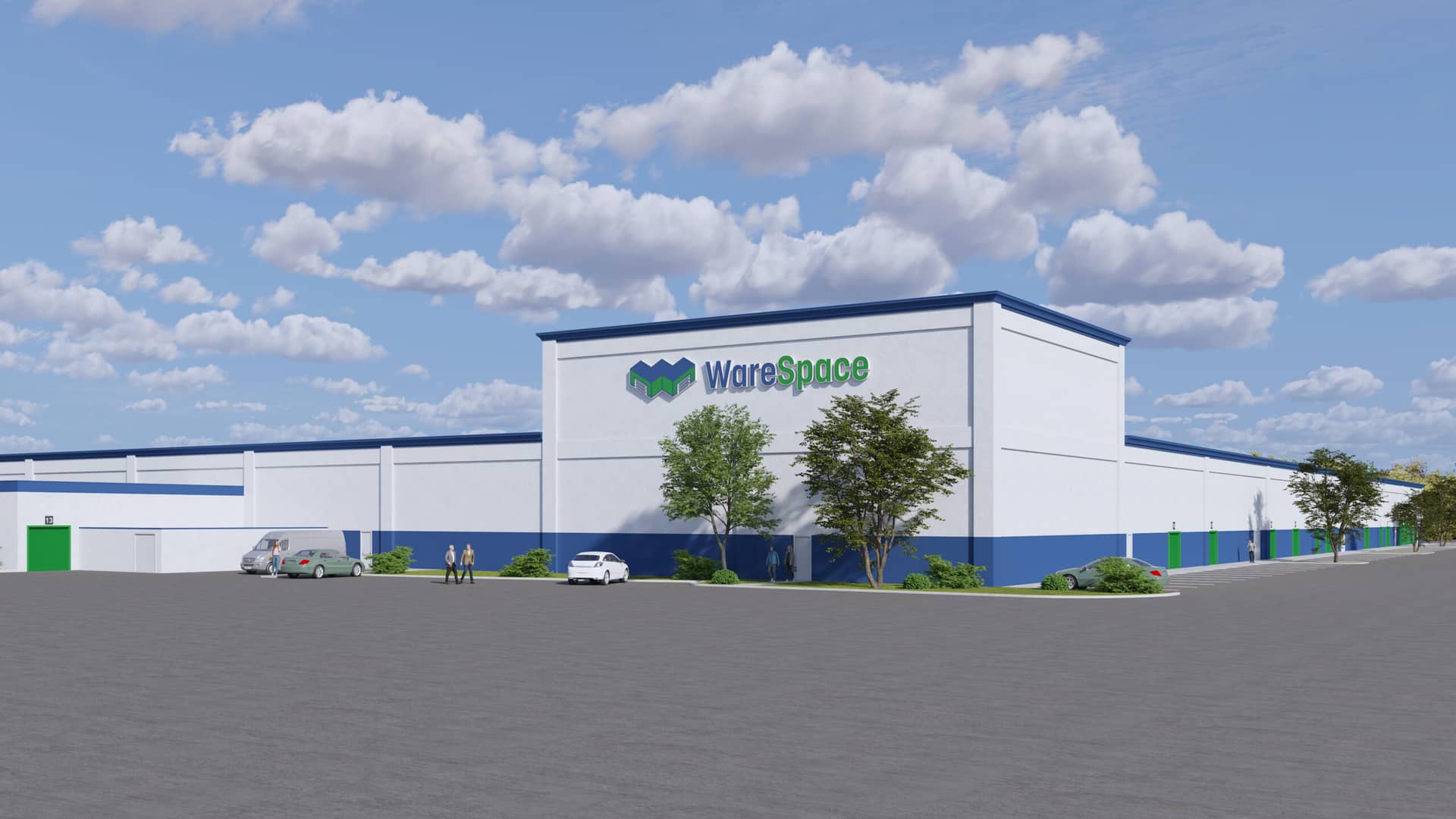
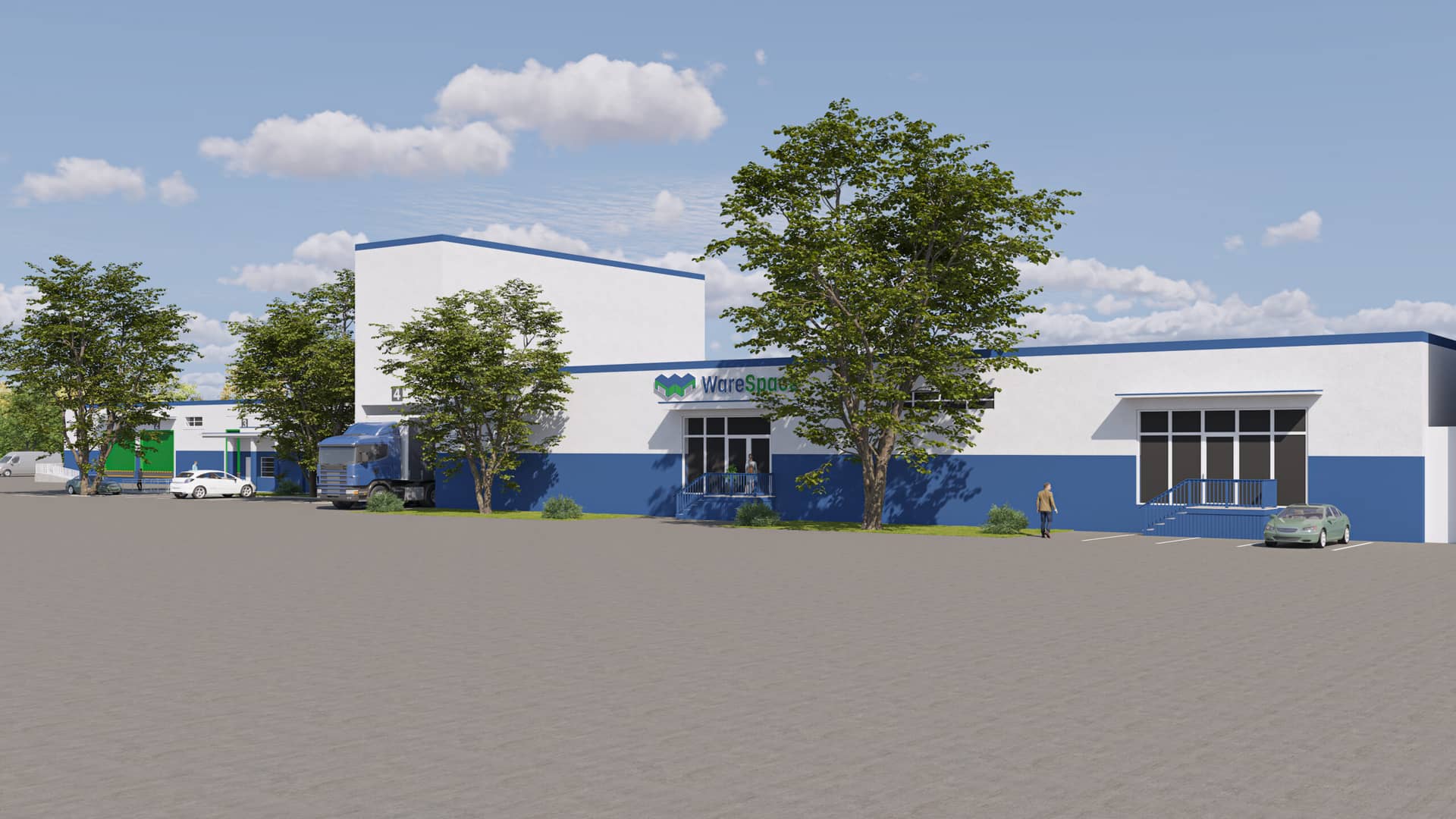
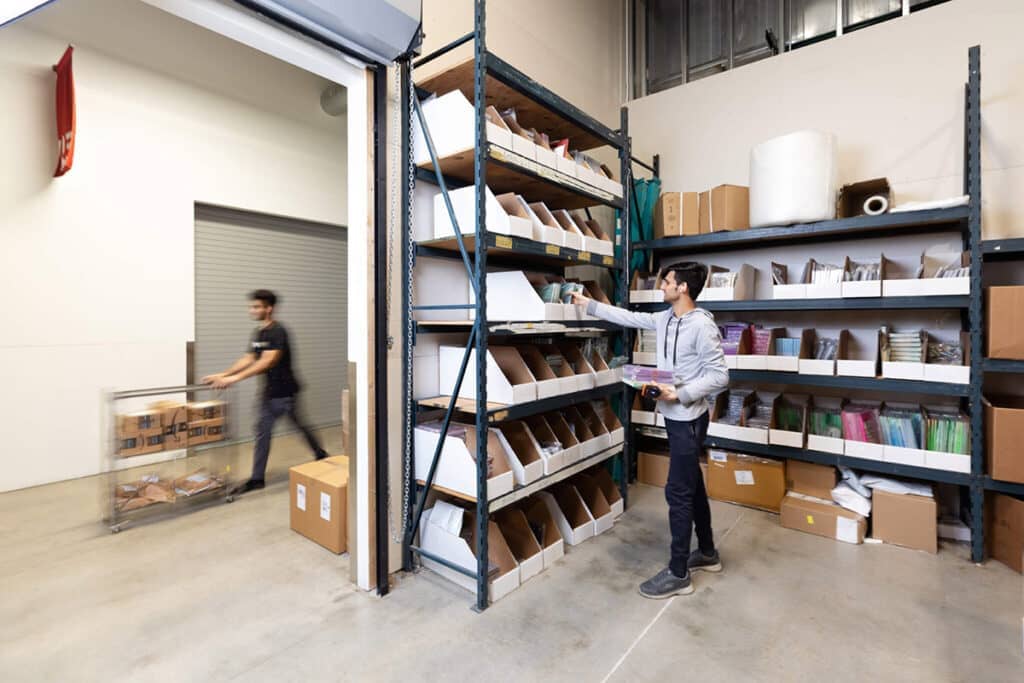
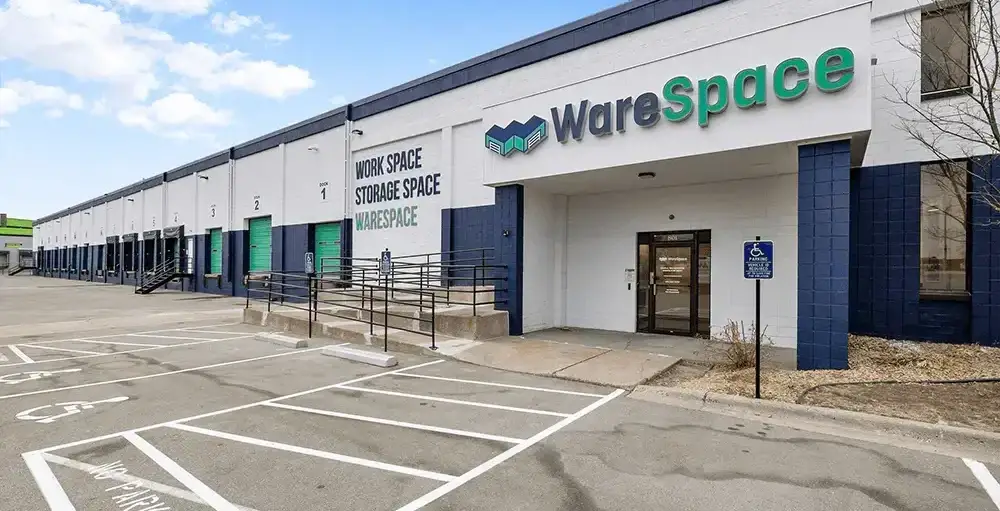
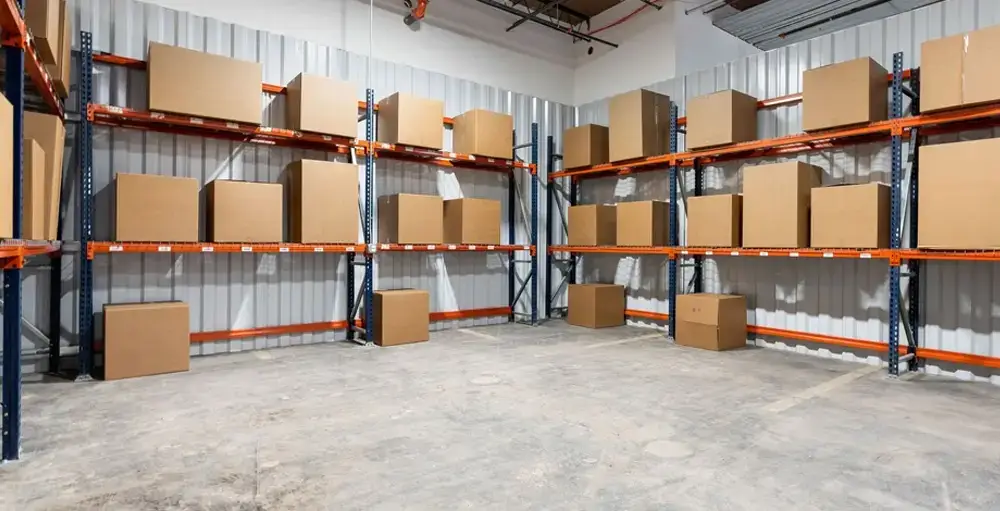
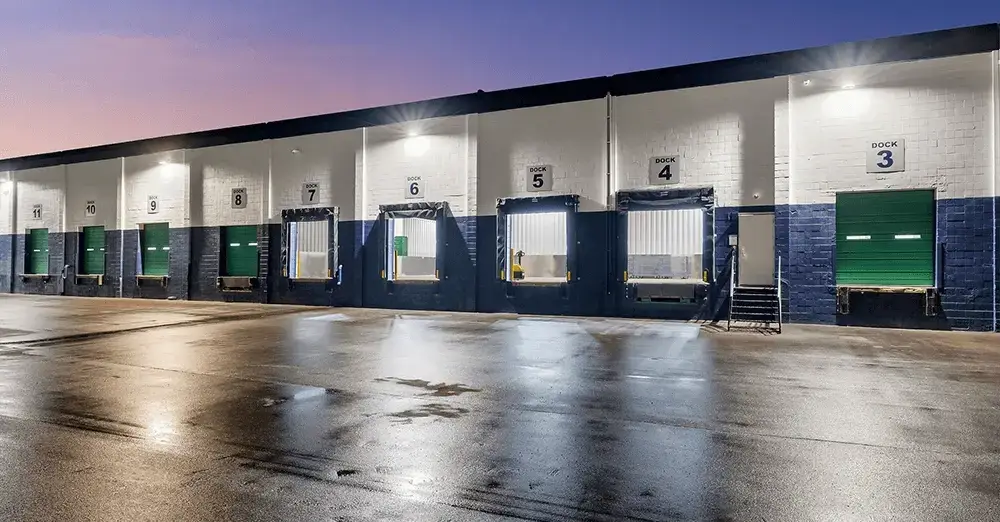
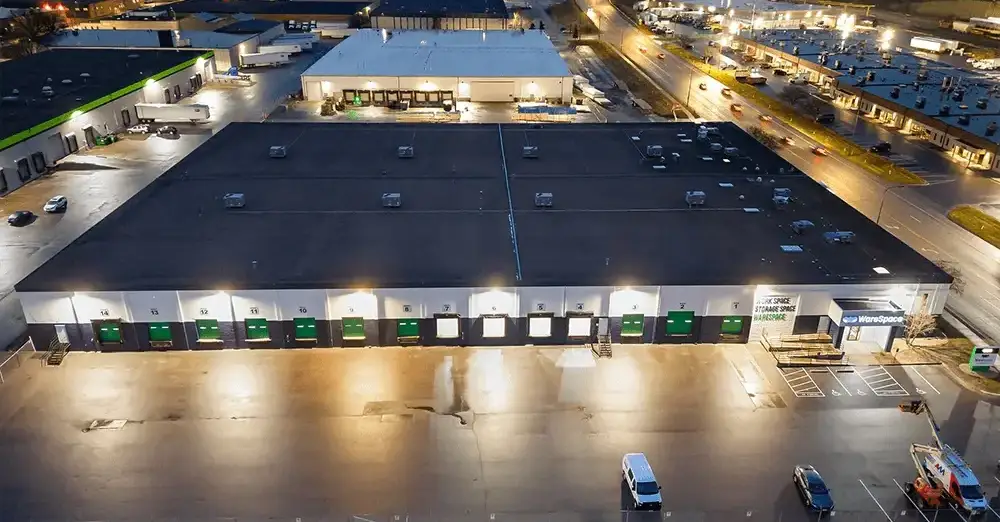











 ►
Explore 3D Space
►
Explore 3D Space